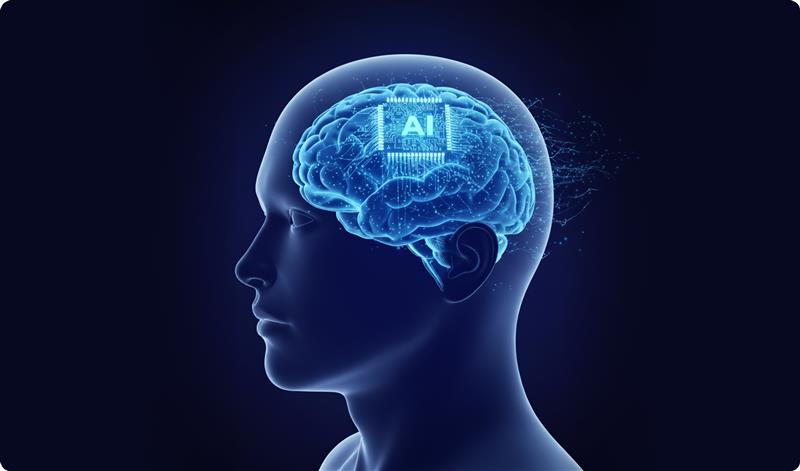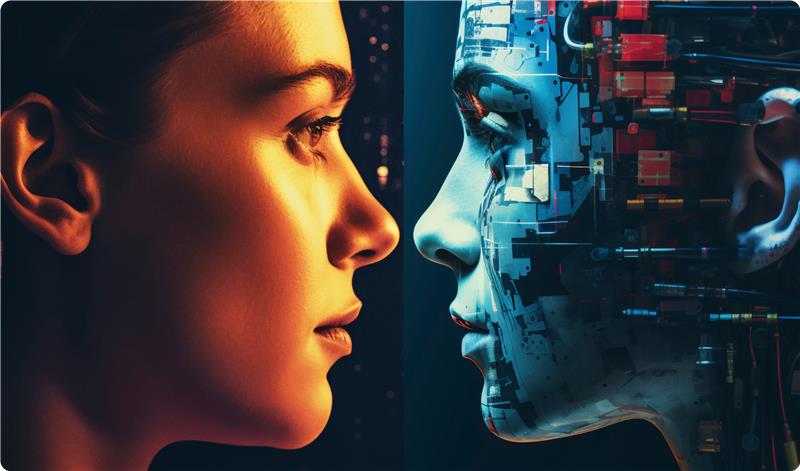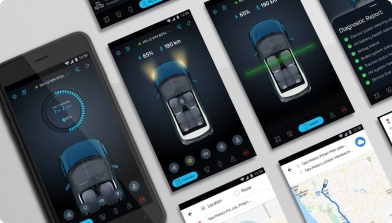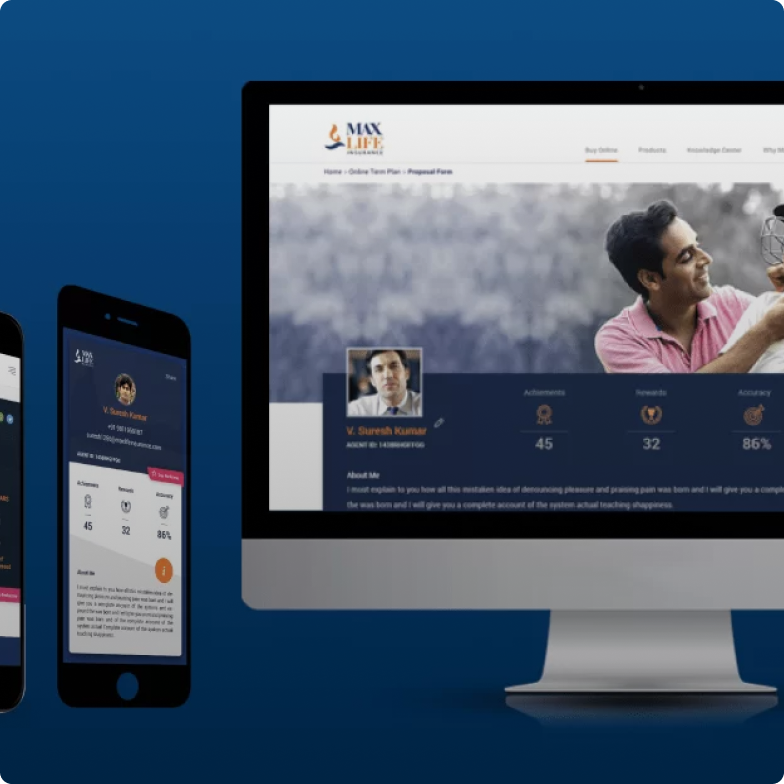
For years, design systems have been the silent architects of great digital products, haven’t they? They brought precious order to creative chaos, standardizing typography, spacing, colours, and components. Thanks to them, teams could move faster and build with satisfying consistency. But times are changing. We’re stepping into a new era. We’re not just designing screens anymore. We’re crafting intelligent agent’s tools that talk, suggest, decide, and even act. And that kind of shift? It demands more than just slick layout grids and visual polish. It calls for a deeper layer of design, one that truly shapes how AI behaves.
Here at yuj, we’ve been calling this crucial layer: Behavioural Systems.
Why Visual Consistency Isn’t Enough in the Age of AI – UX
Think about it: AI agents don’t just sit there displaying information; they actively interact with people. And when it comes to these interactions, users often care less about how a system looks and far more about how it behaves:
- Does it own up to its mistakes?
- Can it explain itself clearly, without jargon?
- Will it ask the right questions if it’s feeling unsure?
- Crucially, does it know when to say, I need a human for this?
These aren’t just edge cases; they’re the make-or-break moments in AI-powered experiences. And unlike visual design tweaks, you can’t solve these with a new button style or a bit more spacing. They require deliberate, intentional behaviour design.
So, What Exactly Is a Behavioural System?
Imagine a design system, but instead of styling UIs, it defines the very personality and responsiveness of your AI in key situations. A Behavioural System would cover essential ground like:
- How your AI apologizes when things go wrong (because they sometimes will!).
- The way it seeks clarification when a user’s intent isn’t crystal clear.
- Clear escalation rules for when human insight is absolutely needed.
- Tone guidance – striking that balance to avoid sounding robotic or, worse, overly confident.
- Subtle uncertainty cues that help maintain trust, even when the AI doesn’t have all the answers.
The aim isn’t to make AI sound human, but to make it profoundly human-aware agent. We’re talking thoughtful, transparent, and genuinely aligned with what your users need, exactly the kind of behaviour that defines Agentic AI in today’s evolving UX landscape.
Why This Matters for Design and Product Leaders (Like You!)
As AI takes on a bigger and bigger role in guiding user decisions, its behaviour becomes the core of your user experience. And that has some pretty significant implications:
- Neglect it, and your otherwise brilliant product might feel cold, confusing, or even untrustworthy.
- Design it well, and you’ll build genuine trust, smooth out friction, and foster deeper, more meaningful engagement.
In a world where every product is racing to add AI, thoughtful behaviour will be the true differentiator driving differentiated experiences that genuinely connect with users.
Where Do You Even Start?
This isn’t about throwing out your existing design system far from it! It’s about evolving it, adding a vital new dimension. Here are a few starting points to get the ball rolling:
- Observe: Really watch how your AI behaves today. Where does it feel a bit… off? Where are the awkward silences or clunky responses?
- Define: What is your core behavioural values? Do you want your AI to come across as humble? Exceptionally clear? Gently assertive?
- Map: Identify those key interaction moments: apologies, clarifications, escalations. What should happen in each?
- Prototype (and feel!): Don’t just prototype flows; prototype tone and trust. Measure how your solutions feel, not just how they technically function.
The Next Step Forward in Design
At yuj- a global UX Design Studio, we’re already embedding Behavioural Systems into the very fabric of how we design AI from the earliest prototypes right through to production. Because in an AI-first world, looking good simply isn’t enough anymore. Thoughtful behaviour? That’s the new cutting edge of UX. This kind of thoughtful, intentional design is exactly what modern Design Leadership demands.
Thinking about how your AI should behave not just look?
Reach out to learn how we’re building Behavioural Systems at our design studio.






